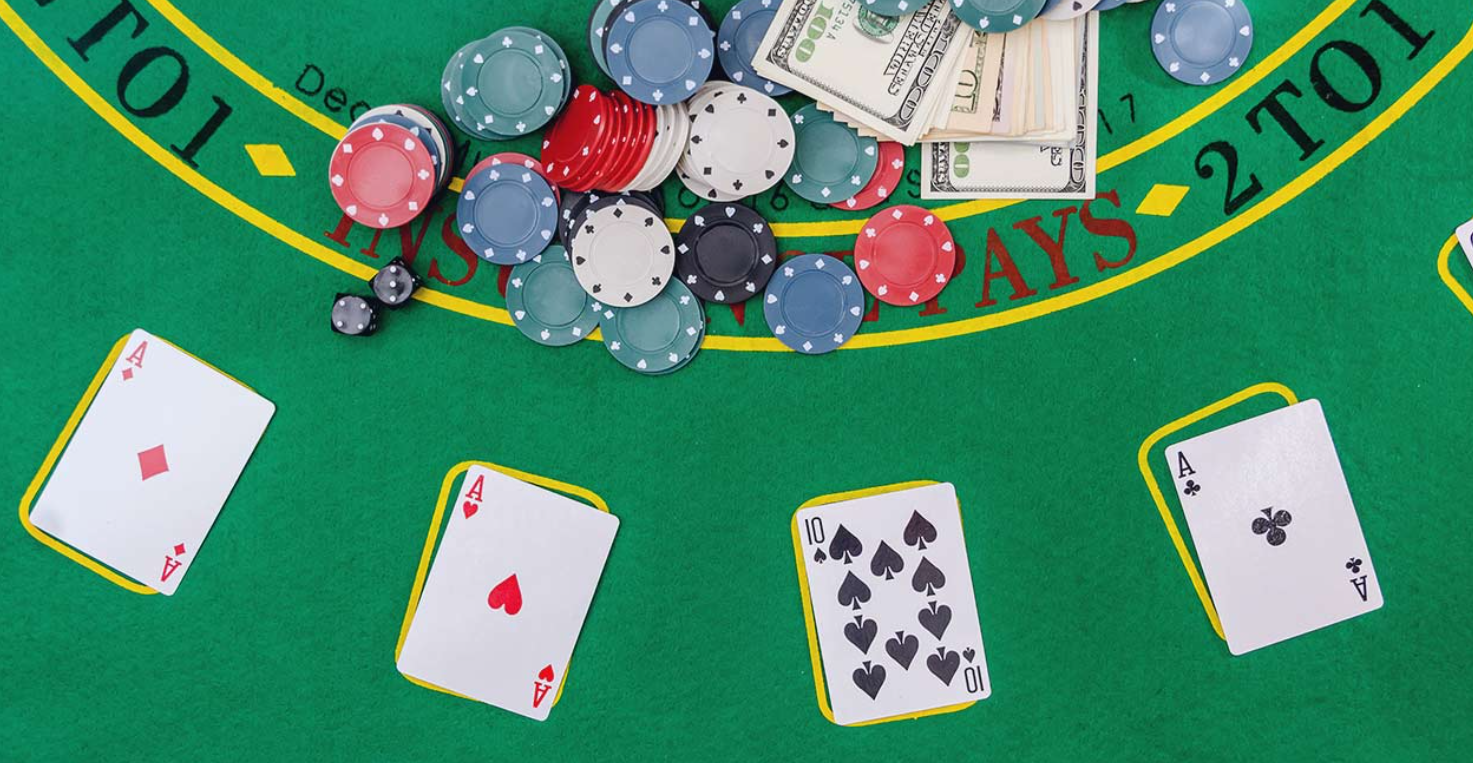Blackjack is a game of skill and strategy as much as it is of luck. Understanding when to hit or stand in blackjack can be the difference between winning big or losing your shirt. In this guide, we’ll go over the essential rules and strategies concerning when to hit and when to stand in blackjack, so you can increase your odds of winning.
Understanding the Basics: Blackjack When to Hit
In general terms, the decision when to hit in blackjack boils down to assessing the total value of your cards and considering what the dealer has. The aim is to get as close to 21 as possible without exceeding it. When your hand value is low, hitting is often the preferred choice.
However, it’s crucial to remember that hitting in blackjack should be a strategic decision. If your hand value is 12 or higher, and the dealer’s face-up card is a 4, 5, or 6, standing might be a better option. This is because the dealer is more likely to bust with a weak upcard, and you don’t want to risk busting yourself.
Ultimately, the decision of when to hit in blackjack depends on the specific circumstances of the game, including your hand, the dealer’s upcard, and any additional rules or strategies you might be employing.
The Highs and Lows: When to Hit on Blackjack vs. When to Stand
When you have a low hand value (anything between 5 and 11), you should almost always hit. In these scenarios, there is no risk of going over 21, so hitting is a low-risk, potentially high-reward action.
On the other hand, blackjack when to stand usually comes into play when your hand value is already high. If you have a hand value between 17 and 21, you should generally stand, as the risk of going over 21 is higher.
However, it’s important to note that the decision of when to hit or stand in blackjack can also depend on the dealer’s upcard. If the dealer has a 7 or higher, for example, and you have a hand value of 16, hitting might be a better option even though it’s a risk, as the dealer’s strong upcard increases the likelihood of them having a strong hand.

Ultimately, the art of blackjack is not just about following set rules but about making informed decisions based on the combination of your hand and the dealer’s upcard, as well as considering any specific strategies you’re employing during the game.
The Middle Ground: Blackjack Hit or Stand
The trickiest part in blackjack often comes when you have a middling hand, say between 12 and 16. This is where you’ll need to consider the dealer’s up-card closely. The rule of thumb in this middle ground for blackjack hit or stand is to look at what the dealer is showing. If they have a 7 or higher, you might want to consider hitting, whereas if they have a 6 or lower, standing is often a better option.
This middle ground in blackjack, where the decision to hit or stand is not as clear-cut, is where strategy and judgment play a crucial role. Experienced players often rely on a basic strategy chart, which provides guidelines based on the combination of your hand and the dealer’s upcard. These charts can help you make more informed decisions in these gray areas of blackjack gameplay.
To Hit or Not to Hit: When to Hit or Stay in Blackjack
Understanding when to hit or stay in blackjack is a nuanced skill. It’s not just about your cards but also involves taking into consideration the dealer’s cards and even the number of decks being used in the game. Professional players often have a set of rules they follow, usually involving both their own cards and the dealer’s up-card.
Indeed, the decision to hit or stay in blackjack becomes a blend of mathematics, probability, and strategic thinking. Professional players and those looking to improve their blackjack skills often spend time practicing and learning these intricacies to maximize their chances of success at the table. Ultimately, the art of when to hit or stay in blackjack can be a key factor in determining long-term success in the game.
Delving Deeper: When Should You Hit in Blackjack?
So, when should you hit in blackjack? The answer often lies in basic strategy charts, which are handy tools that dictate your best move based on your hand and the dealer’s up-card. Following these guidelines can give you an edge in the game and help you make more informed decisions.
Basic strategy charts are like a roadmap in blackjack, providing clear guidance on when to hit, stand, double down, or split. They are particularly useful for beginners and intermediate players looking to improve their blackjack skills. By adhering to these charts, you can minimize mistakes and make the most statistically advantageous move in any given situation, ultimately increasing your chances of winning in this popular casino game.

Know When to Hold: When to Hold in Blackjack
Knowing when to hold in blackjack, or in other words, when to stand, can be equally crucial. If the dealer is showing a 4, 5, or 6, and you have a hard 12, you might want to stand. The odds suggest that the dealer will bust, so holding could be to your advantage.
Hit or Stay Blackjack: Final Thoughts
The question of hit or stay blackjack doesn’t have a one-size-fits-all answer. It depends on various factors, including your hand, the dealer’s card, and even the number of decks in play. However, understanding the basic principles of when to hit or stand in blackjack can significantly improve your chances of winning.
The Bottom Line: When to Hit and Stand in Blackjack
The strategy for when to hit and stand in blackjack is about making the most informed decision possible to maximize your chances of winning. Remember that blackjack is not just a game of chance, but also one of skill and strategy. Therefore, knowing when to hit blackjack or when to stand is essential for success.
Conclusion
Blackjack is a game where every decision counts. From knowing when to hit blackjack to understanding when to hold in blackjack, each choice can be crucial. While luck plays a role, skill and strategy should not be underestimated. So next time you find yourself wondering when to hit or stand in blackjack, refer to this guide, and may the odds be ever in your favor.


